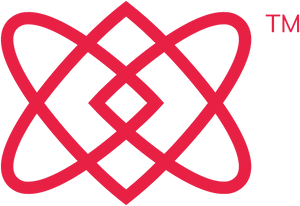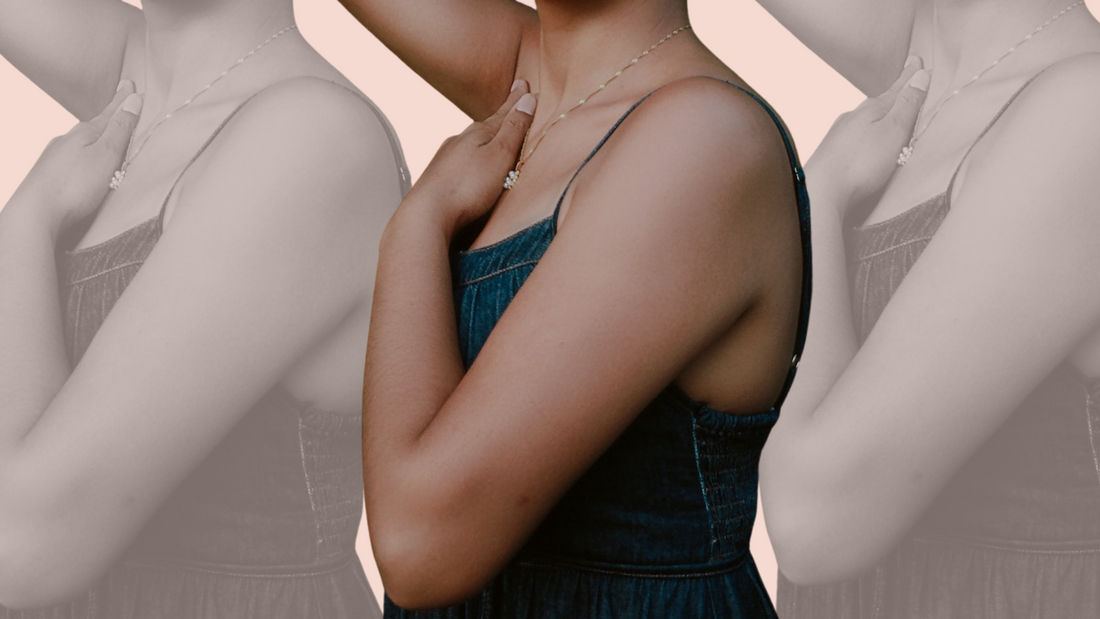MYTH: Small breasted women don’t need to check their breasts for lumps or get mammograms.
FACT: Breast cancer can affect anyone and is not based on breast size alone or even gender. Regardless of whether you have a smaller or larger bust, you should have annual mammograms starting at age 45.
According to Health Images Magazine, breast size is dependent on fatty or fibrous tissue — bigger breasts mean more of this tissue, and smaller breasts technically mean less of it. But, here's the kicker: that doesn't mean smaller breasts need fewer self breast exams. Even small breasts can have dense tissue, so never overlook the importance of checking regularly.
Dr. Jones, a Professor at University of Utah, specializes in reproductive medicine: “with respect to breast cancer risk, smaller breasts doesn't mean less. All breast sizes need mammograms. Women with different size breasts have ideas that breast size may affect the risk of breast cancer and the need for screening mammograms.”
How To Properly Check Your Breasts
Let’s break down how to do a breast exam at home in 4 simple steps:
- Begin by looking at your breasts in the mirror with your shoulders straight and your arms on your hips. This is to ensure your Breasts that are their usual size, shape, and color.
- Raise your arms and look for the same changes on both sides.
- While you're looking in the mirror, look for any signs of fluid coming out of one or both nipples (this could be a watery, milky, or yellow fluid or blood).
- Next, feel your breasts while lying down, using your right hand to feel your left breast and then your left hand to feel your right breast. Use a firm, smooth touch with the first few finger pads of your hand, keeping the fingers flat and together. Use a circular motion, about the size of a quarter.
Cover the entire breast from top to bottom, side to side — from your collarbone to the top of your abdomen, and from your armpit to your cleavage.
PSA: Don’t panic if you think you feel a lump in your breast. Most women have some lumps or lumpy areas in their breasts. There are a number of possible causes of non-cancerous breast lumps, including normal hormonal changes, a benign breast condition, or an injury.
DID YOU KNOW: The glands in your breast tissue naturally swell the week before your period as a result of hormonal changes? Keep that in mind. If the enlarged gland or lump is still present one week after your period ends, then definitely have it examined by your OBGYN. Regardless - anything that feels abnormal should be checked by a professional for peace of mind and extra precaution.
You know your body best. If something doesn’t feel right, get it checked. Follow your intuition here, ladies!

